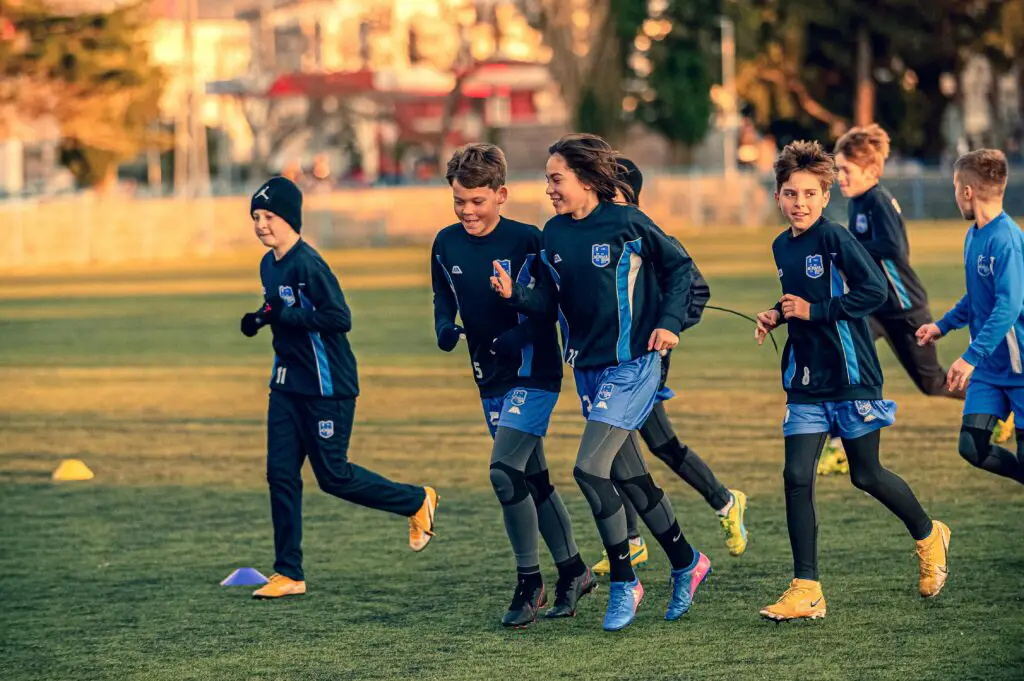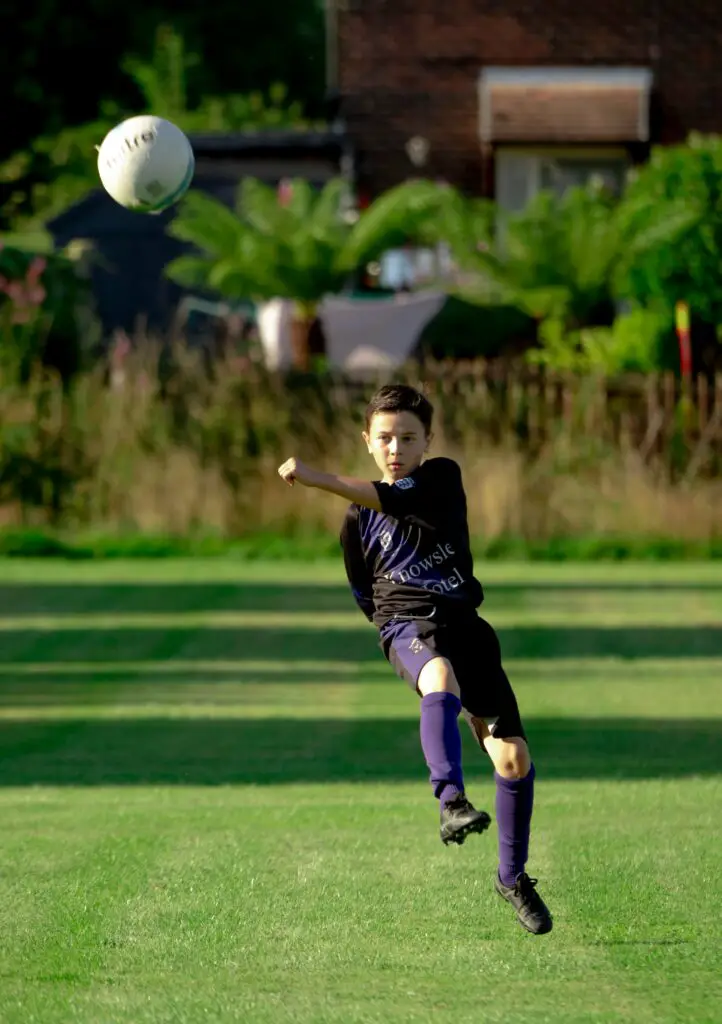Everyone needs to exercise, but teenagers need to exercise more than everyone else. The body is changing significantly at 15, and maintaining an active lifestyle can help you deal with these changes well. Now, let us explore the several aspects of working out for a 15-year-old, covering exercise categories, precautions to take, and ways to keep a well rounded routine.

Importance of Exercise for 15-Year-Olds
Frequent physical activity is essential for 15-year-olds. It sustains a healthy weight, promotes the growth of strong bones and muscles, and enhances general physical and mental well being. Exercise is important for mental and emotional growth, improving mood, lowering stress levels, and raising self esteem. It is not just about physical health.
Types of Exercises for 15-Year-Olds
Aerobic Exercises
Exercises that raise heart rate and respiration while engaging large muscles are referred to as aerobic or cardio exercises. Engaging in these workouts is essential for enhancing cardiovascular health, increasing endurance, and burning calories.
Running and Jogging
Jogging and running are simple but very efficient cardio exercises. They are great for strengthening leg muscles and increasing cardiovascular endurance because they can be done practically anywhere. To begin with, beginners can increase their stamina by combining walking and running.
Swimming
A low impact workout that works every part of the body is swimming. As the water offers resistance without straining the joints, it is very advantageous for joint health. Swimming helps increase flexibility, muscle strength, and cardiovascular fitness.
Cycling
Another great cardio exercise that you can do outside or indoors on a stationary bike is cycling. It can be a fun way to explore the area in addition to exercising the lower body and enhancing cardiovascular health. Cycling can be tailored to suit different levels of fitness, whether it is a more intense workout or a leisurely ride.
Team Sports
Playing team sports like volleyball, hockey, basketball, or soccer combines social interaction with aerobic exercise. These sports promote cooperation, strategy, and communication in addition to cardiovascular health and coordination. Playing sports can increase the fun factor of fitness and create a sense of community.

Strength Training
Exercises that increase muscle strength and endurance are part of strength training, also referred to as resistance training. It is important that 15-year-olds concentrate on bodyweight exercises and good technique in order to avoid injuries and encourage healthy growth.
Bodyweight Exercises
Bodyweight workouts, including push-ups, squats, lunges, and pull-ups, use the persons own weight as resistance. These simple, equipment free workouts are excellent for developing strength and contribute to increased overall functional fitness, muscle strength, and balance.
Free Weights
Free weights like kettlebells and dumbbells can make exercises for strengthening the body more resistive. Exercises targeting certain muscular areas include shoulder presses, triceps extensions, and bicep curls. Starting with smaller weights and focusing on the proper form are important steps towards preventing injury.
Resistance Bands
An adaptable tool for a range of strength training routines is resistance bands. They can be very helpful for beginners and effectively target various muscle groups. Resistance bands are easily incorporated into various exercise programs and are portable.
Flexibility Exercises
The purpose of flexibility exercises is to increase joint range of motion and stretch muscles. These exercises are essential for maintaining general mobility, improving performance in other physical activities, and lowering the chance of injury.
Stretching
Regular stretching can assist in increasing muscular tension and flexibility as part of an exercise program. Static stretching, or keeping a stretched position, is best done after a workout to help recover. Dynamic stretching, or active movements that stretch muscles, is excellent before workouts.
Yoga
In addition to physical postures, yoga also contains meditation and breathing exercises. It enhances balance, strength, and flexibility. Yoga is also suitable for physical and emotional health because it encourages relaxation and reduces stress.
Pilates
Pilates emphasizes flexibility, stability, and strength in the core. It includes a set of deliberate motions that strengthen the core muscles, correct posture, and heighten body awareness in general. To establish a solid foundation, Pilates can be an excellent supplement to a 15 year old exercise schedule.
Creating a Balanced Exercise Routine
To guarantee complete fitness development, a well rounded fitness program for 15-year-olds should include components from each of these categories. Here are a few tips for developing a productive routine:
Combining Different Types of Exercises
Including strength training, flexibility, and cardio activities in your weekly routine guarantees that every aspect of fitness is covered. For instance, a regular week might include bodyweight activities for strength, yoga for flexibility, and cardio exercises like cycling or jogging.
Setting Realistic Goals
Setting clear, attainable goals helps in sustaining motivation. Whether the objective is to increase flexibility, run a particular distance, or complete a certain number of push-ups, establishing defined goals makes it easier to monitor progress and recognize accomplishments.
Importance of Rest and Recovery
Rest days are essential to the routine because they give the body time to heal and avoid overtraining. They also lower the risk of injury and fatigue by promoting muscle growth and repair.

Safety Tips for Exercising
Proper Warm-Up and Cool-Down
The body gets ready for exercise by increasing blood flow to the muscles through warming up. Cooling down eases painful muscles and helps restore the body to normal.
Staying Hydrated
Preserving sufficient fluids before, during, and following physical exertion aids in preventing dehydration and preserving the body’s best performance.
Listening to Your Body
Pay attention to your body and refrain from using excessive force. Pain might indicate a problem, so it is best to take it easy rather than risk injury.
Mental Health Benefits of Exercise
Exercise is not only very beneficial to physical health but also to mental health.
Reducing Stress
Endorphins, which naturally elevate mood, are released during physical activity and help in stress reduction.
Boosting Self-Esteem
Achieving physical objectives and observing progress can increase confidence and self worth.

Enhancing Mood
Frequent exercise can improve mental health and mood by reducing the signs of hopelessness and anxiousness.
The Role of Nutrition in Fitness
Exercise and general health are significantly supported by nutrition.
Eating for Energy
Consuming a well balanced meal high in fats, proteins, and carbohydrates gives you the energy you need for activity and recovery.
Importance of Protein
Protein is required for the development and healing of muscles. Regular exercisers should incorporate protein rich foods, such as meat, eggs, and legumes into their diets.
Hydration Tips
Hydration is essential for both healing and performance. It is important to stay hydrated all day, not just when working exercise.
Incorporating Exercise into Daily Life
It can be enjoyable and challenging at the same time to incorporate fitness into your everyday routine.
Making Exercise Fun
Selecting interesting activities ensures consistency. The secret is to find enjoyable methods to stay active, such as dancing, hiking, or participating in sports.
Finding a Workout Buddy
Working out with a friend can add enjoyment to the exercise and maintain high motivation.
Using Technology for Fitness
Numerous gadgets and apps are available to help set objectives, monitor progress, and add excitement to exercise.
Conclusion
Because of its many benefits for physical and mental health, exercise is important for 15-year-olds. Teenagers can have active, healthy lives by combining various kinds of workouts into a balanced program. Never forget to put safety first, make exercise fun, and set reasonable goals.
